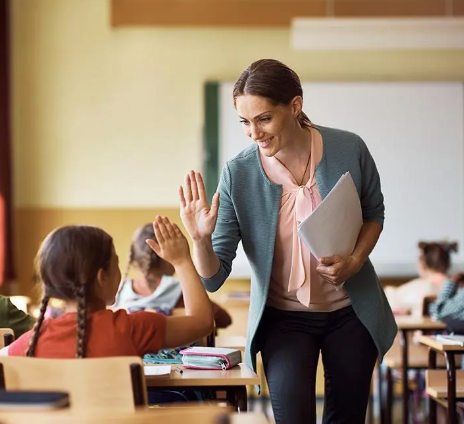Reducing dropout rates is a critical goal for educators and school systems worldwide. One promising solution is personalized learning—a student-centered approach that tailors instruction to meet individual needs, strengths, and interests. By increasing engagement, supporting academic progress, and fostering stronger relationships, personalized learning can play a pivotal role in helping more students stay in school and graduate.
Understanding the Dropout Challenge
Students leave school for a variety of reasons, including academic struggles, lack of relevance, poor relationships with teachers, and external life challenges. Traditional, one-size-fits-all education models may not effectively address these individual circumstances. Personalized learning offers a flexible alternative that can respond to the diverse needs of students more effectively.
Making Learning More Relevant
One major reason students disengage is the feeling that school isn’t relevant to their lives or future goals. Personalized learning helps solve this by:
- Connecting coursework to students’ interests and career aspirations
- Allowing learners to explore topics they care about
- Aligning academic work with real-world applications
When students see value in their education, they are more likely to stay committed and complete their studies.
Supporting Struggling Students with Targeted Interventions
Personalized learning uses data and diagnostics to identify when students are falling behind. Teachers can then:
- Offer tailored instruction and one-on-one support
- Adjust pacing to allow more time for mastery
- Provide additional resources or tools based on learning styles
These interventions help prevent students from becoming overwhelmed or discouraged, two common contributors to dropout decisions.
Promoting Student Agency and Ownership
Giving students a voice in their learning can increase motivation and responsibility. Personalized learning encourages students to:
- Set their own academic goals
- Choose how they demonstrate knowledge
- Reflect on their progress and make adjustments
This sense of ownership fosters resilience and a deeper connection to their educational journey.
Building Positive Relationships
Students are more likely to remain in school when they feel supported. Personalized learning often involves close collaboration between students and teachers, including regular check-ins and personalized feedback. These strong relationships:
- Create trust and a sense of belonging
- Allow early identification of challenges beyond academics
- Improve overall school climate and student well-being
Increasing Flexibility for Life Circumstances
Many students who drop out do so because of external pressures such as work or family responsibilities. Personalized learning—especially when delivered through hybrid or online models—can offer:
- Self-paced coursework
- Asynchronous learning opportunities
- Alternative pathways to graduation
This flexibility enables students to continue their education even when life circumstances are complex.
Conclusion
Personalized learning has a powerful impact on reducing dropout rates by making education more engaging, responsive, and student-focused. By addressing individual needs, creating meaningful connections, and offering flexible pathways, personalized learning helps more students remain in school and achieve their academic goals. As education systems look for sustainable solutions, embracing personalization may be key to long-term student success.














